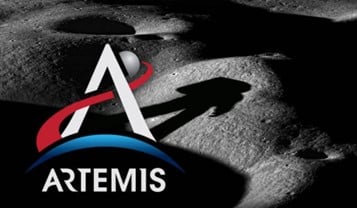Aerodynamic blockage is a comparatively simple parameter to measure and reveals important aerodynamic performance data. Aerodynamic blockage is directly related to the displacement thickness concept of boundary layers. It represents the fraction by which a flow passage is effectively “blocked” by the presence of the low momentum boundary layer regions. If an analyst knows the aerodynamic blockage, the boundary layer displacement thickness can be directly computed, and vice versa, if the boundary layers are uniform across the passage cross section.
The concept employs the idea of a uniform core (isentropic) and a wall shear region, or boundary layer. The blockage can be deduced by using a core total pressure measurement, a wall static pressure measurement, a mass flow measurement (either upstream or downstream using a suitable orifice or nozzle) and an upstream total temperature measurement. Knowing these parameters and the geometric area, one can compute the aerodynamic blockage. Using first the total pressure and the static pressure, either the Mach number or the velocity through the passage can be computed, depending on whether the flow is compressible or incompressible. Then, for the compressible flow case, using the total temperature and Mach number, the static temperature and density can be computed. In turn, the speed of sound and the velocity are computed. Knowing the density and the velocity plus measured mass flow, one can compute the effective flow area. When this area is divided by the geometric area and subtracted from 1, then the aerodynamic blockage is known.
Since the aerodynamic blockage directly implies the boundary layer displacement thickness, the investigator has therefore determined one of the most important boundary layer parameters (without using a laser or a hot wire anemometer!) which serves as an essential variable for any diffuser of similar duct-flow problem.




